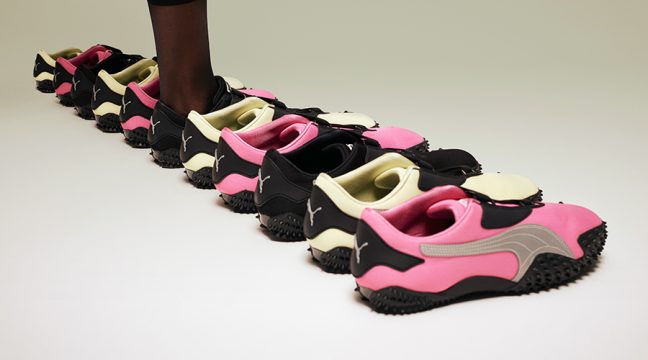Ibex VP of Product, James Fisher, on how wool outgrew its winter-only reputation.
By Jahla Seppanen
Wool remains a top performer in outdoor apparel.
Not only does the natural fiber a deliver top-notch technical performance in temperature regulation, odor control, SPF protection and traceability, its knitted texture reigns supreme in today’s fashion circles exuding hot homemade and homegrown trends.
For those reasons, the space also has become a crowded field, with practically every outdoor apparel brand bringing some kind of wool or wool-mix product to their lineups.
That leaves the brands doing nothing but wool — such as Vermont-based Ibex Outdoor Clothing — scrambling to innovate to stay ahead of the crowds. We sat down with Ibex Vice President of Product James Fisher, former senior business unit director at Burton Snowboards and industry whiz at apparel and product development, to get the breakdown of what, why, and how the brand is helping reinvent classic merino.
From bringing back cable knits to discovering wool weaves that feel light as cotton, there’s plenty of room to grow the category.
What fabrication is Ibex looking at with its wool weaves? I like to refer to us as a Wool Lab, and the results of our non-stop exploration and testing paid off  big for Fall 2016. We have several purpose-driven fabrics for specific performance and aesthetic. Taos Plaid is one of our franchise wovens. It’s a super strong 180 grams, and we offer it in fresh plaids every season.
big for Fall 2016. We have several purpose-driven fabrics for specific performance and aesthetic. Taos Plaid is one of our franchise wovens. It’s a super strong 180 grams, and we offer it in fresh plaids every season.
Our new Woolies 3 is an expedition-weight, double-face fabric with 100-percent merino next to skin and a poly/Spandex exterior face (a.k.a. best of both worlds). And we also utilize lightweight year-round styles in our Weightless Wool (W2) program. W2 gives you the burst strength of a synthetic with our superlight nylon core, but then we fully wrap it with lightweight merino so you have 100-percent merino next to skin in an ultralight, multi-use function.
Do any weaves or fabrications diminish the power of wool? Not really. We can customize weights, weaves, prints, you name it. The power of wool is strong — straight up.
Where does Ibex source its wool? We are a global company and have partners all over the World, but the majority of our merino comes from our friends in New Zealand. I would add that we do source wool in the U.S., and we do manufacture in the U.S., however the majority of our goods built here in the U.S. are made of imported fabrics.
Are there other materials Ibex blends with its wool? We use a nylon core in our Weightless Wool fabric. The nylon core offers the burst strength of a synthetic, but we fully wrap it in 18-micron merino wool, which offers the full wool next to skin experience with a tremendous core strength at 145 grams. We also offer a merino/spandex combination in a pointe knit for our Ride (cycling) collection.
Should companies be blending wool with other materials? How does it impact production and final product? This is a subject that obviously hits close to home for us at Ibex. I am all in favor of blends that are conceived, designed and executed with specific purpose or application in mind. I am completely against blending with synthetics (and certain faux “naturals”) in order to drive down cost.
What’s the next big challenge for wool? Making it chemical free, dying, knitting more complicated designs…? Yes. Yes. and Yes! It’s a really interesting time for wool. It feels like we’ve finally broken through the “why wool in summer” fundamental hurdles, so now we’re on par with everyone else.
Why New Zealand Wool?
- New Zealand has a population of more than 40 million sheep (and only 4.2 million people).
- The wool is Zque Certified for environmental, social, and economic sustainability, plus the sheep welfare is traceable.
- Zque was launched by The New Zealand Merino Company to spread awareness of textile choices as a reflection of a brand’s beliefs and image.
- Smartwool and other international apparel brands like John Smedley and Nikke are Zque partners.
Know Your Wool Terms
- The “micron” rating Fisher refers to is key to understanding wools comfort, or non-itch factor.
- The smaller the micron gauge, the finer the wool fiber.
- For wool products, the micron level is expressed as an average of all the yarns’ fineness, and generally speaking, the lower the micron level, the less itch (although a few less fine yarns as part of a low-micron measurement can make it itch).
- Fibers are selected for certain performance levels long before they are knit into the fabric.
- An outer layer stands at 24.5 (as a comparison, human hair is 60.0), and brands like Ibex spin some of their yarns down to between 17.5 and 18.5 for next-to-skin baselayers (the lighter is for summer).











